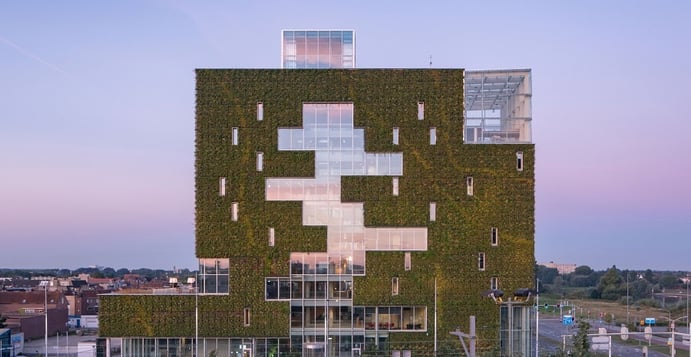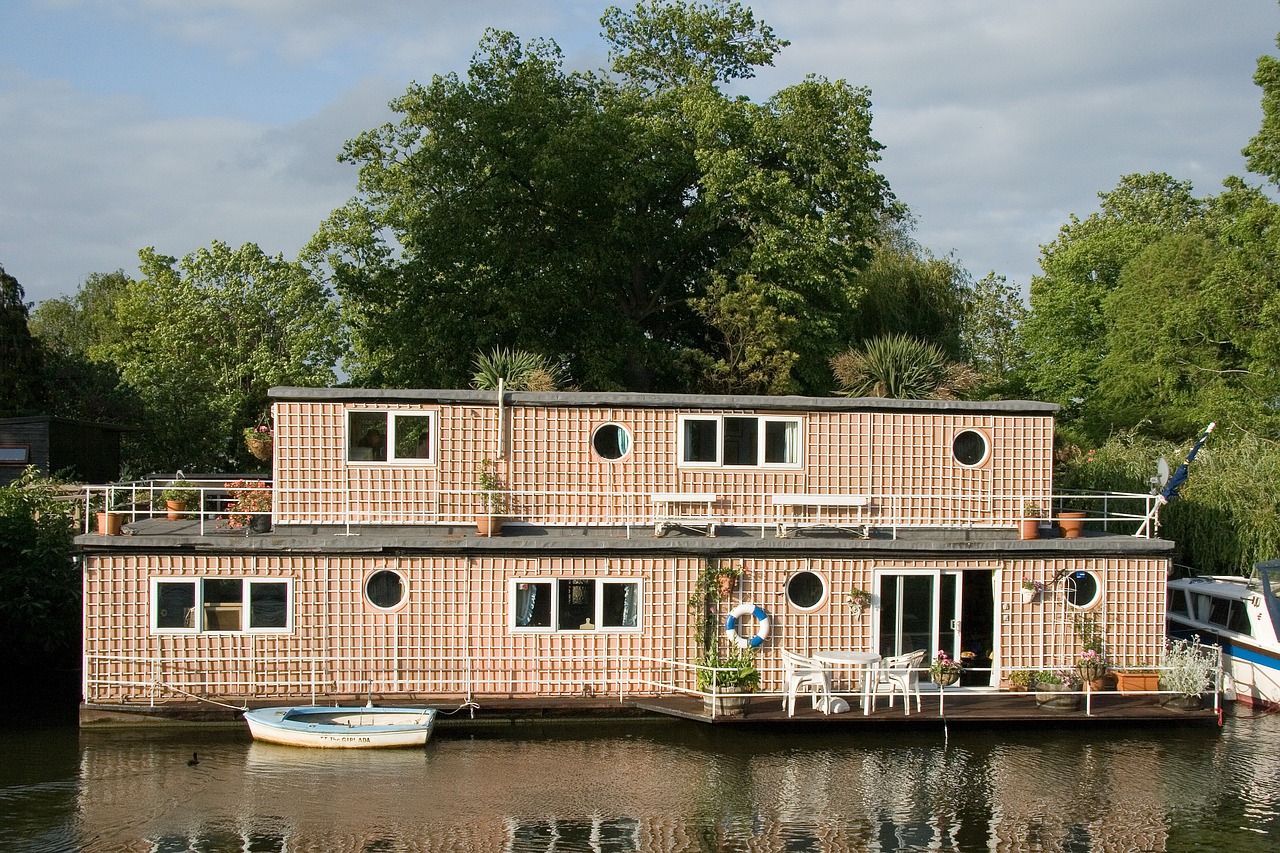We have been practicing circular economy for a long time: by law since 1996. What started as a measure to avoid waste at the time could give us a bright future. One study shows that the expenditures for mobility, housing and food in Germany could drop by 25 percent by 2030 and the economy could grow 0.3 percentage points faster if the "circular economy" were to be an economic model. The challenges are great. The possibilities that eco efficiency and cradle-to-cradle approaches offer are also great - especially in the field of construction planning.

© Ronald Tilleman, http://www.kraaijvanger.nl/en/projects/94/city-hall-venlo//; Venlo City Hall, Kraaijvanger Architects
Pioneers in waste policy
Our society has been dealing with the idea of the "circular economy" since the early 1990s. With the Closed Substance Cycle Waste Management Act adopted shortly thereafter, the preservation of natural resources and the safeguarding of environmentally-compatible waste management was made top priority for the first time. The background: Raw materials were to be used as waste and emission-free as possible for as long as possible. It introduced new thinking in German waste policy, created a new industry with quotas for mechanical, thermal and chemical utilization and made "made in Germany recycling technology" an export good.
Find out more about how much freedom and precision in modeling is possible with ALLPLAN.
From waste avoidance measure to economic model
Recycling was the solution of choice in circular economy initially. The circular economy of the more recent past now thinks in complete product cycles – and does not even allow waste to be created in the conventional sense that would have to be disposed of or recycled. Instead of "from the cradle to the grave," products are designed "cradle-to-cradle" (C2C).
"Eco efficiency," as the approach is also called, has additional economic aspects. For example, innovative business models thus redefine the traditional understanding of "buying" and "owning" and place pure service in focus. The technology company Philips, for example, has been selling “light as a service” instead of LED lights since 2015.

© Ronald Tilleman, http://www.kraaijvanger.nl/en/projects/94/city-hall-venlo//; Venlo City Hall, Kraaijvanger Architects
Buildings as raw material suppliers
This development is becoming increasingly more prevalent in the construction industry. Sustainable and holistic concepts have become more important in recent years. Building products are consciously chosen according to where they come from, what they are made of and whether they can be disposed of in an environmentally-friendly manner.
However, circular economy and C2C go even further. When creating products, the whole process from the start to its end must be considered, especially the opportunities for reutilization, even when it comes to whole buildings. There should be no more waste or construction rubble during demolition. If a house has reached the end of its life cycle, only pure recyclable materials remain in an ideal case. Existing buildings are thus the raw material suppliers of the future.
Challenges and opportunities
The challenges of circular economy in construction are great, just as are the opportunities. Manufacturers of composite building materials have already converted their industrial production so that the individual components, such as facades, can be disposed of correctly sorted. Thus all building materials are used again as secondary raw materials. Sustainable construction projects, such as the city hall of the city of Venlo, show what is possible: Greenery on facades and roofs purifies the air. Rainwater can be collected, filtered and introduced into rivers, while gray water from sinks can be reused. Underground parking garages serve as cooling elements and regulate the room climate in a building. Clean energy can be generated free of charge with photovoltaic and geothermal energy systems.
Interesting questions for building managers
Are there energy concepts that allow houses to produce additional energy instead of just consume it? Can the material cycles of a building be combined in such a way that what occurs as waste at one point is reused elsewhere as a raw material? Does this also work for a whole residential district - with kitchen waste from the corner pub being used as fertilizer for the community green areas? There are many interesting questions that need to be answered. They need to be answered by planners, architects, other construction managers - and with innovative concepts for a circular economy in which the cycle is truly completely closed.





